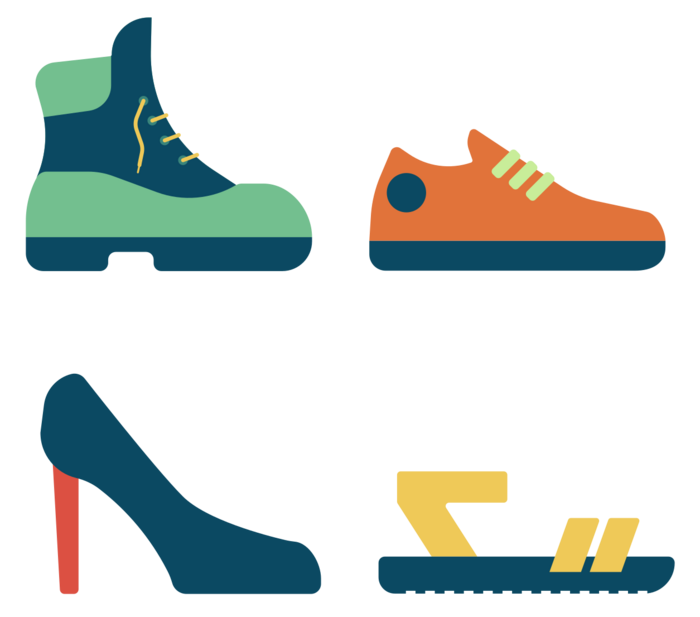(Created page with "<small>Enterprise Design Patterns | Practice Patterns</small> =#22: Wearing Their Shoes= Wearing Their Shoes <center> ''“Instead of explaining to them the value of design, the simplest thing to do is to get them exposed to actual users using the design.”''<br> - Jared Spool </center> ==Related Patterns:== #7: Safe Negotiation Space, #19: Evidence, Unintended Consequences|...") |
No edit summary |
||
| Line 2: | Line 2: | ||
=#22: Wearing Their Shoes= | =#22: Wearing Their Shoes= | ||
<center> | <center> | ||
[[File:Pattern22_Wearing_Their_Shoes.png|700px|Wearing Their Shoes]] | |||
<br><br> | |||
''“Instead of explaining to them the value of design, the simplest thing to do is to get them exposed to actual users using the design.”''<br> | ''“Instead of explaining to them the value of design, the simplest thing to do is to get them exposed to actual users using the design.”''<br> | ||
- Jared Spool | - Jared Spool | ||
Revision as of 10:38, 1 September 2025
Enterprise Design Patterns | Practice Patterns
#22: Wearing Their Shoes

“Instead of explaining to them the value of design, the simplest thing to do is to get them exposed to actual users using the design.”
- Jared Spool
Related Patterns:
#7: Safe Negotiation Space, #19: Evidence, #27: Unintended Consequences
You need to make sure that your co-creators understand the real-world issues to be tackled and the opportunities to be pursued.
In this context:
Most of your co-creators will not directly experience the outcomes of your Enterprise Design work. Their perspective of what is needed is not based on the experiences of your target group and skewed by their own needs and concerns. This leads to biased or unrealistic decisions that can be detrimental to your designs and the enterprise’s overall success.
Therefore:
You regularly expose your team and your co-creators to the people you are designing for – your target audience. You make them experience what your target audience experiences 'out there', by:
- Inviting people from your target audience to participate in your initiative, anonymously if they desire;
- Observing what is happening today at key moments along their journey and identify the most important tasks they want to complete;
- Inviting your team and co-creators to witness these interactions first-hand and interact with people;
- Sharing these observations with your co-creators as recordings or transcripts, highlighting the main pain points to be addressed.
Consequently:
Your team and your co-creators overcome their bias by understanding the potential outcomes of your design work for actual people, in their real-world context. They can develop empathy for the reality your target audiences are experiencing and make better informed and more balanced.